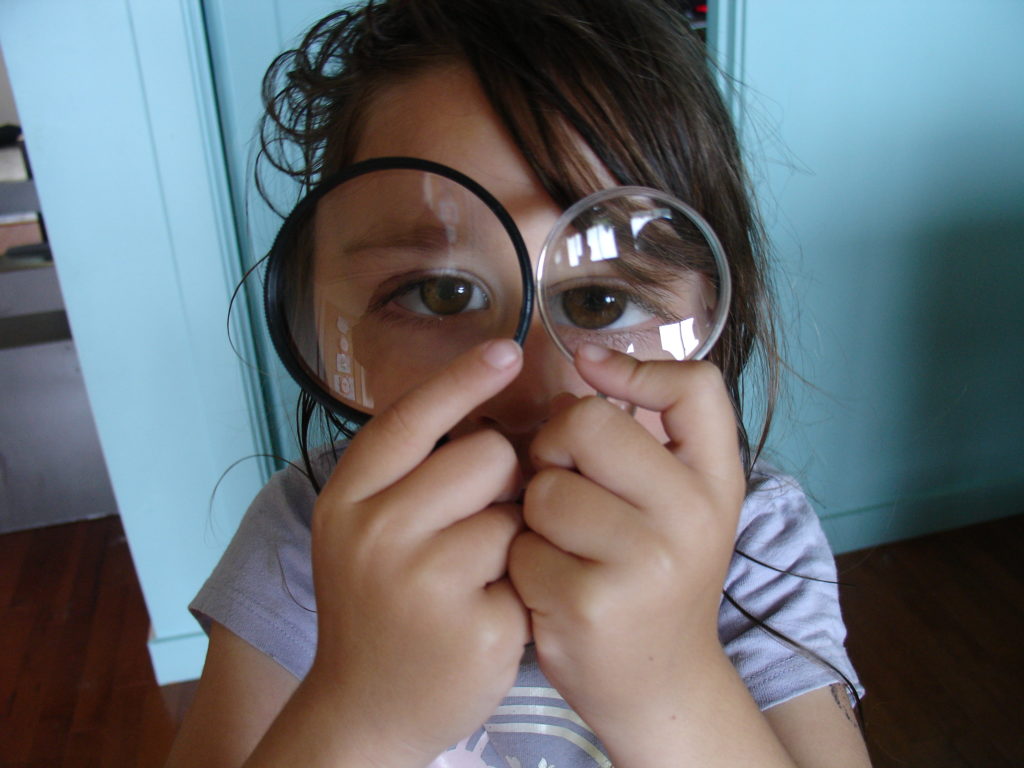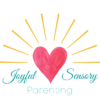Did you know that your body and your brain do a lot of the work for your eyes to see? When the eyes, body, and brain are having difficulty working as a team, problems with learning and daily living are likely to occur. Many children and adults who are highly intelligent and capable end up struggling with skills such as reading for no apparent reason.
How frustrating is that?! Hard to understand and harder to know how to help. Many times the place to start is by taking a closer look at vision.

Eyes are amazing tools that bring light to the ocular nerve, but the real fun begins when the brain begins to interpret the light. And the brain needs sensory information from the body and the ears to make sense of the light the eyes have presented.
Most of the time, vision is corrected with lenses. In this case, the correction has been on improving visual acuity, or how clearly the eyes can focus. Lenses work to direct the light coming in through the pupil as directly as possible to the fovea which are light receptors concentrated at the back of the eye. This is why acuity improves with glasses or contact lenses and always a great place to start when assessing the full range of functional vision.
Functional vision goes beyond acuity. While lenses may have improved how clearly the eyes are presenting information to the brain, the next questions to ask are what information is being presented and how is it being used?
The “what information” comes from how the eyes are able to coordinate with each other as well as how the eyes coordinate with the rest of the body. We call this ocular motor control and visual motor integration. The “how information” is what the brain does with the information or how does is visual information used for learning and in everyday living situations. We call this visual perception.
When the eyes can present accurate information to the brain, then the mind can use this information along with information from other sensory systems to make accurate perceptions about what is seen, heard, and felt. It is kind of like syncing software programs in a computer or across devices. The information programmed into the computer has to be accurate in order for the programs and devices to work together.
When vision and other sensory systems are not able to work well together, problems and glitches can occur. Often, nothing is broken but programming is necessary to sync information together. Our brain and body sync information through sensory and movement experiences.
This is also known as . . . wait for it . . . learning. Learning occurs when new connections are made in the brain. New connections are made when information “makes sense.”
So what happens when visual information is not processing well?
It looks different with every individual, but here is a list of some symptoms:
- Problems with attention and focus
- Difficulty learning to read
- Looks like dyslexia with reversals or adding letters to words

- Difficulty with motor skills such as drawing, handwriting, and ball skills
- Extremes in movement seeking:
- Impulsive, accident prone, and clumsy
- Preferring sedentary activities, avoiding movement, or overly cautious about moving
- Difficulty with dressing including orienting clothes correctly, managing fasteners, and tying shoes.
- Trouble sequencing and breaking tasks down into smaller steps.
- Trouble with spatial skills such as using a maps, difficulty following directions, or copying
- Anxiety
Is there a solution?
Improving functional vision involves treating the whole person and all sensory systems. This is why occupational therapy with a sensory integration focus can provide a great foundation for learning and the development of visual skills. Working with a developmental or behavioral optometrist may also be helpful and/or necessary. When problems with the eyes themselves are involved (injuries, genetic disorders or disease, etc.) working with an ophthalmologist is very important. As the foundational skills for vision are improved, tutoring for reading and writing will likely be more effective.
We hope this is helpful information and a place to start for gathering information. Please stay tuned for further details and information about vision and sensory integration.
If you have more questions about vision or how to set up an assessment, please call our office (352-505-6339) or send us a message through our contact page. We hope we can help!
Here are a couple of websites to go beyond simply seeing:



